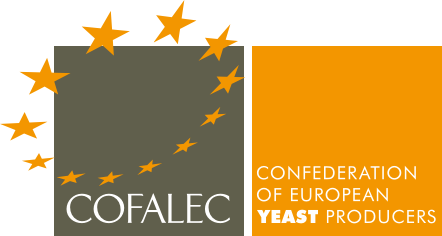Although – or maybe just because – baker’s yeast is a very old natural product, there is currently no definition of it. The Codex Alimentarius does not contain a description of baker’s yeast either. The yeast mentioned in the Codex Alimentarius is an inactivated yeast, the description of which is not relevant for baker’s yeast.
Codex Alimentarius has just recently launched the process to potentially create a common standard for yeast that would be recognized internationally.
The 2 documents below provide general characteristics for baker’s yeast in the European Union. The first document describes the “fresh yeast” form for liquid, block or crumbled yeast and the second document describes the “dry yeast” form.
These documents were first drawn up by the members of the COFALEC Technical Committee in 2006. They constitute a reference for all European yeast producers in Europe.
Each document contains the following sections
In each section, several parameters are mentioned with their typical value. The typical value is the most common value, but it should be noted that baker’s yeast is a natural product and is adapted to local characteristics and uses. For this reason, some parameters are given in a rather wide range. Where necessary, a brief description or explanation is given to clarify the opinion of the COFALEC technical committee.
The 2 documents below describe the general characteristics of baker’s yeast. The first one concerns the “fresh yeast” format, valid for liquid, block or crumbled yeast, and the second one, the “dry yeast” format.
These documents were first established by the members of the COFALEC Technical Committee in 2006. They constitute a reference for all European yeast producers.

